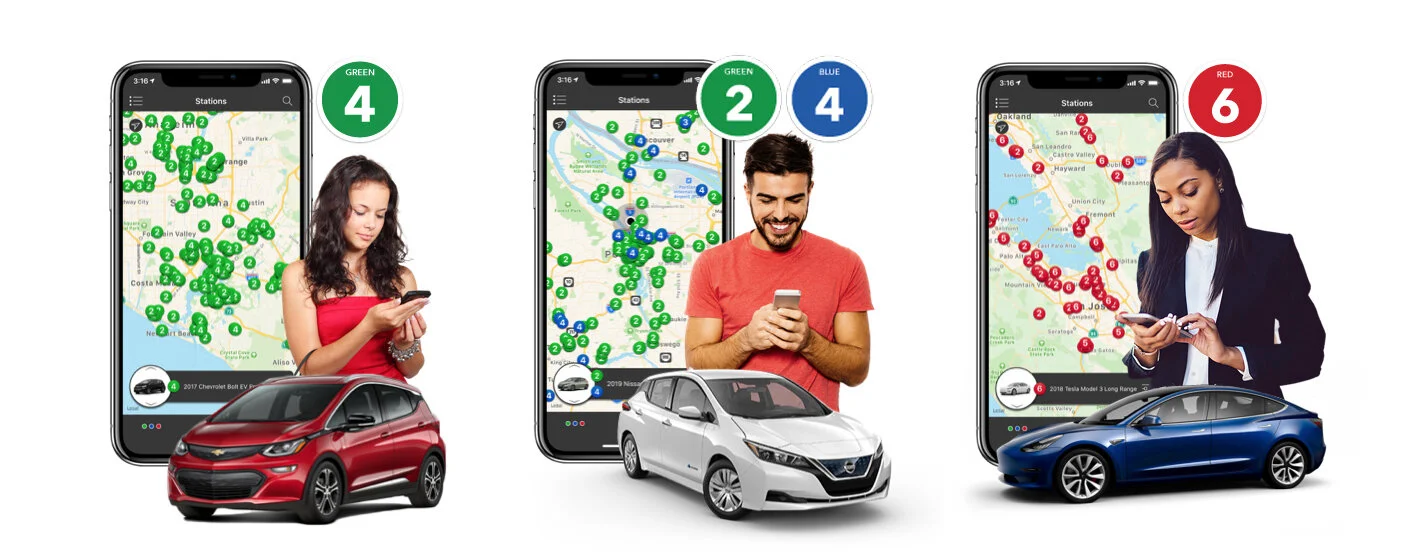Utility pole-based EV Charging Presents Promise and Problems
By Phil Royle – Oct. 11, 2021
For vehicles with a plug, charging is an issue. While Tesla has its network of largely visible Superchargers, many other charging networks can be troublesome to find. One potential solution to that problem is to go the route of gas stations and make EV chargers ubiquitous – and to that end, one obvious solution comes with municipalities tapping into preexisting electricity wired to streetlights and utility poles.
About a dozen cities in the U.S. have been studying this exact possibility, with Kansas City, Mo., finally taking the plunge – initially with a pilot program, although plans exist to expand before year’s end.
“Kansas City’s pilot project launched this summer and aims to reduce those barriers by bringing an emerging charging solution to residents in an equitable way,” Katie Pyzyk explained on the Association of Metropolitan Planning Organizations’ website. “The Metropolitan Energy Center (MEC), a nonprofit dedicated to energy efficiency and environmental health in the region, spearheaded the project to install EV chargers on existing streetlights in residential neighborhoods that anyone can pay a fee to use.”
Other U.S. cities to study or install chargers on utility and light poles include Lancaster and Los Angeles, Calif., Melrose, Mass., and Portland, Ore.
The idea is to help ease the charging burden for those without off-street parking. And being that the chargers will be on tall utility posts located near the street, the issue of charging point visibility will also be tackled.
“With the [installations] being curbside, they’re very visible to the public,” Miriam Bouallegue, project manager for sustainable transportation at MEC, noted in the post. “Often, chargers are in garages and not visible so people think, ‘How can I buy an electric vehicle when I’ve never seen a charger?’ We want to…encourage more EV adoption by showing people that public charging is available if they purchase an EV.”
Ubiquitous street-side charging would be an EV game changer for many. (Image by Andrew Roberts)
“With this in mind, we found that pole-mounted charging infrastructure can offer a solution, and we began to dive in deeper,” said Vishant Kothari, manager of electric vehicle-grid integration at World Resource Institute (WRI). “We found out from U.S. cities that there exists no real source of information and guidance to help them plan pole-mounted charging. That began our research into this area.”
According to Pyzyk, roughly 300 potential charging sites were identified in Kansas City, with the list ultimately coming down to 30 to 60 chargers, with those installations taking place in 2021. Charger use will then be analyzed to determine who uses the chargers, as well as how and when. Future charging expansion will be planned based on gathered data.
On its face, it seems that any light pole converted to use LEDs should now have an abundance of electricity, but it’s not that simple.
“Streetlights often carry 110 to 120 volts, which is only suitable for a Level 1 charger,” Pyzyk pointed out. “However, utility poles typically carry thousands of volts, which is more suitable for Level 2 chargers’ 208-240V connections, the preferred option for public space installations.”
Another problem with streetlights is that some in Kansas City were found to only carry power at night, requiring upgrades for EV chargers to work.
Ultimately, more EV charging points are never a bad thing; but beyond the issue of governments often operating at a relatively slow pace, low voltage outputs from light poles could make for highly useless Level 1 charging points as ever-larger EV batteries require higher power to charge in any meaningful way.
That said, this is certainly a step in the right direction.
(Main image by Dale Nibbe)
- Podcast - Facebook - Google News - Twitter -








